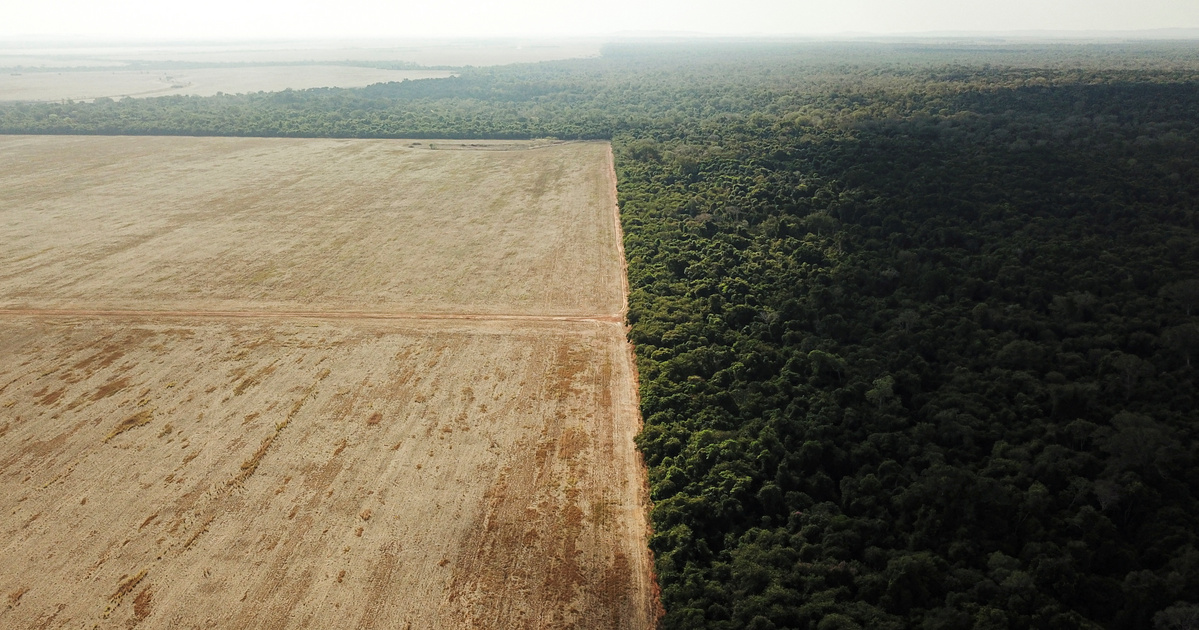The area is also called an “upper forest” because its native plants are deeply rooted to survive droughts and wildfires, which is why vegetation is a major source of carbon, destroying and burning the area, emitting carbon.
Brazilian ecologists have observed an increase in deforestation in the world’s most diverse savannah.
Mercedes Bustamante, an ecologist at the University of Brazil, called the data “extremely alarming”. The Brazilian government released the latest results on New Year’s Eve, and the expert said the administration only used them as a distraction.
Environmentalists have also become more concerned about Cerradó because since the 1970s, about half of its natural vegetation has been destroyed for agriculture (mostly soybean production) and animal husbandry. Today, more than half of the soybean fields are found in the savannah countryside.
According to Manuel Ferreira, a geographer at the Federal University of Goiás, the Cerrado is one of the fastest growing places on Earth. Previously unknown plant and animal species are regularly discovered in the area, but many species will likely become extinct before we know them.
Reuters writes
Deforestation has been declining since the 2000s, but has risen again since President Jair Bolsonaro came to power.
The Leader of the Republic also encourages agricultural use and development in sensitive ecosystems.
Last month, a group of soybean growers said their data puts farmers to use already cleared areas instead of clearing forests in entirely new places, MTI writes.












































